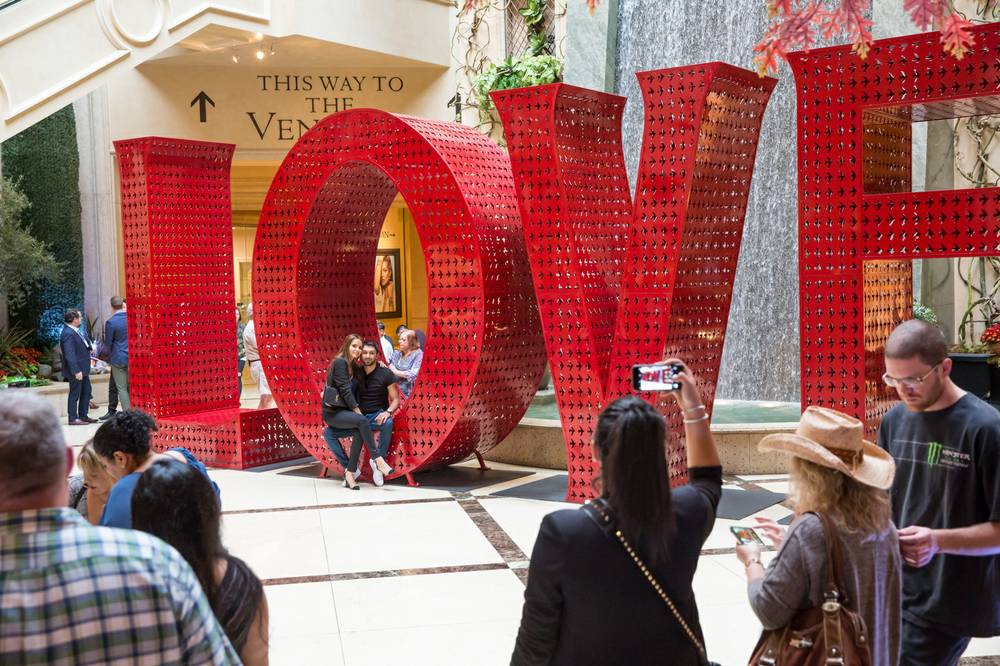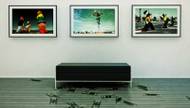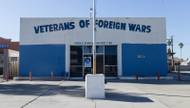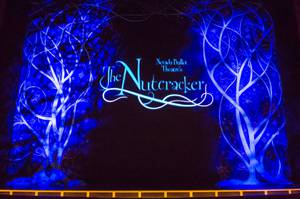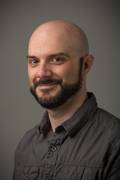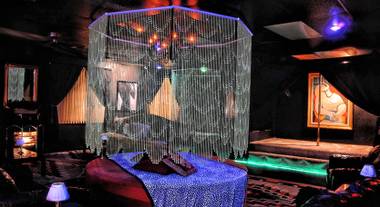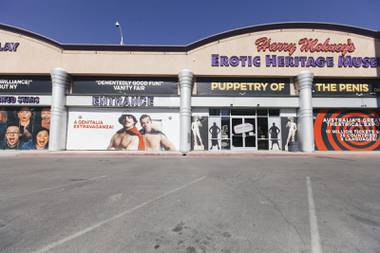The unlikeliest Vegas trend in 2016, besides poke bowls and making your own flip flops, might just be public art. This year has seen the rise of Ugo Rondinone’s “Seven Magic Mountains” just south of the Valley, Marco Cochrane’s “Bliss Dance” at MGM Resorts’ Park space and “Big Rig Jig” on Fremont Street. Recent additions include Wayne Littlejohn’s 26-foot-tall “Dream Machine” at the forthcoming Siegfried & Roy Park, Nathan Sawaya’s Lego-based “Park People” at the Park and Laura Kimpton’s word sculpture “Love” at Palazzo.
With those works splashed all over our network feeds, it raises an issue: Is the proliferation of public art more of a social phenomenon than a cultural one? It’s not enough to appreciate the aesthetic of a work—the onlooker is now compelled to capture and share the moment. Which begs another question: Is a work’s selfie appeal a major factor for deciding its exhibition?
“In a way, the general public becomes curator when they decide who to share their self-image with,” says Ed Fuentes, writer for Paint This Desert arts blog and MFA student, who just opened his street-art show Bunko, the Lost Archives at UNLV’s Grant Hall. He even takes it a step further: “It’s not a matter of taking a [selfie], but wanting to be part of the art.”
Sure enough, a Google search reveals countless images of couples atop the original “Love” sculpture at last year’s Burning Man. And MGM’s news release on “Park People” spells out the desire for user interaction, the nine figures “allowing guests to … take selfies with their new Lego friends.”
Fuentes’ Bunko touches on how social media is required for street art to thrive and endure, and the artist sees the parallels to public art installations. If the whole practice smacks of shameless marketing, not only is it working, Las Vegas has a history of visual virality. “It’s no different if you’re taking a photo with a Cadillac outside the Welcome to [Fabulous] Las Vegas sign,” Fuentes says.
Alisha Kerlin, interim director at the Barrick Museum, adds that “Seven Magic Mountains” was at the top of an outing wish list for some visiting artist friends from New York City, and when they went, they encountered a giant crowd. “I thought it was surprising and exciting that so many people—yes, some wielding selfie sticks—[of] all ages and from all over the world were seeking out and experiencing a new kind of spectacle and art in Las Vegas.”
As for the curation and marketing intentions of these public works, that's another tangent in the ongoing discussion about art and advertising, suggests Kerlin. But she also notes that Barrick visitors still snap pics despite how the work exhibited there doesn't lend itself to selfies. That intuition is now ingrained in our culture; even Kerlin admits having to resist the temptation to take a photo when she and her friends visited James Turrell's Akhob exhibit inside Crystals' Louis Vuitton store.
"You cannot control how people experience art," she says. "I think it has less to do with the artwork and more to do with our image-making culture. It's how we see and frame the world, and how some mark time and others create a self-image. Selfies are part of our daily lives. If artwork is the backdrop, it's a good thing."
